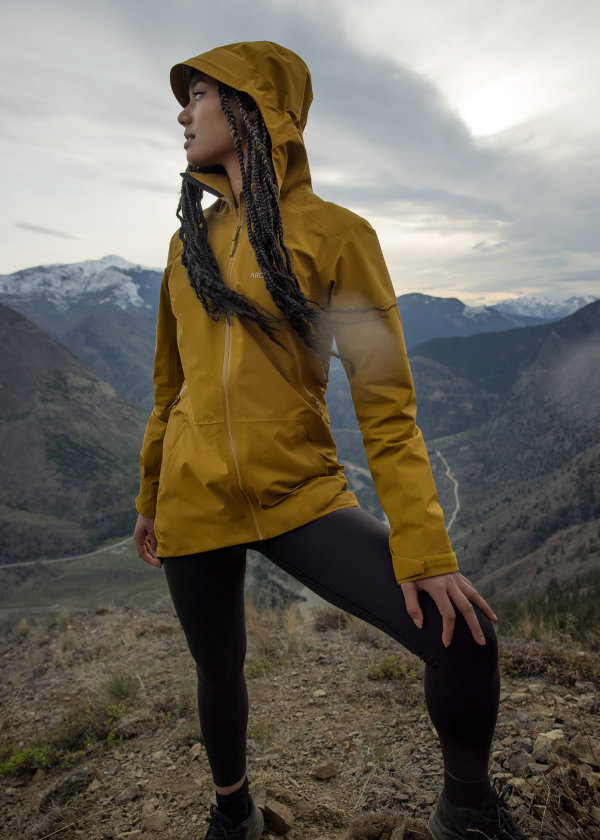Is there anything more miserable than putting on wet clothes? Growing up in Cornwall, the UK, which has an average of rainy days per year, as well as a tendency to provide all four seasons in one day, I’ve been on plenty of rainy dog walk hikes in my shell jackets and bicycle rides. If I stayed inside each day that the weather was unpleasant, I’d never venture out thus the right waterproof jacket has become an essential item in my wardrobe.
Not all waterproof jackets are created equally, and while the poncho with a transparent design might be perfectly sufficient for a rainy occasion but it’s unlikely to assist in a mountain storm. Here’s what you should consider.
What is the difference between water-repellent and waterproof?
If you’re looking for proper protection against the elements, you should purchase outerwear that is waterproof but not just water-resistant. Water-resistant gear will offer some protection from light rain, but let water in quickly.
A waterproof jacket stands against more extreme conditions, however, if you don’t purchase one that’s breathable, you’ll end up with sweaty areas on the interior of the jacket instead. When exercising for a long time, it’s still going to leave you damp and uncomfortable. In search of a coat with waterproof membranes is a great option to make sure that the garment is breathable and allows moisture to out.
You’ve probably heard about Gore-Tex one of the most renowned waterproof membranes on the market. It works by using small pores that are just small enough to stop drops of rain from getting into your jacket, but big enough to let sweat evaporate. Gore-Tex is far from the only waterproof membrane available on the market these days and a variety of outdoor brands have the option of making their own.
If your jacket hasn’t been as waterproof as it once was, however, the good thing is that you don’t need to purchase a new jacket. A durable water-repellent coating (DWR) can be applied on the outside of a water-resistant or waterproof jacket. If your jacket starts to lose its impermeability, it’s very easy to apply a DWR yourself.

To determine whether your jacket requires a DWR replenishment, simply splash it with water and observe if the water beads and disappears. If it does, then you’re good. If it leaves the area wet and dark fabric, it’s a good time to invest in a DWR replenishment product, and recoat your coat.
How can I tell what degree of protection a waterproof jacket will provide me?
There’s a helpful scale to help you determine this, and numerous stores will display a waterproof rating alongside their jackets. 5,000mm is the minimum level of waterproofing that is required for a coat that is considered to be waterproof, not just water-resistant, however, this isn’t enough to stand against much less than light sprinkles or drizzle. 10,000mm-15,000mm should be able to withstand the most severe downpours. Anything from 20,000mm upwards is for really severe deluges or extreme conditions But the jackets will generally be heavier.
What is the best fit I should go for?
Given that you’re probably not walking around in the bikini and waterproof jacket, you should choose a jacket that allows enough room to layer. For three-season hiking, an outdoor jacket that allows you to wear a base layer with an under-layer of a down jacket should be sufficient, but for winter mountaineering, it’s best to have something that is roomier, allowing you to layer up.
What other features can be useful?
Check for jackets with taped seams. This signifies that the seams on the inside are sealed and prevent water from getting through the small gaps. Storm flaps can be a practical option: flaps with an outer layer to cover zips in jackets and are another open area where rain may get inside. Personally, for the majority of excursions, I’d prefer a rain jacket with an open hood. The hood keeps rain out of your eyes. On the other hand, jackets that only have a hood that is drawn up let the rain drip down your face.

